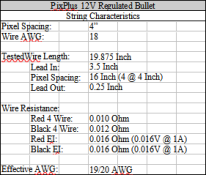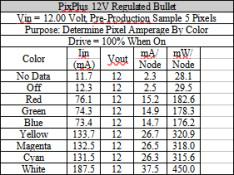MichaelF5
Apprentice elf
This new PixPlus mob looks like it finally has a high quality product, photo's of the cable look light quite a step up. anyone have some on the way over?
most interesting is that the 12v sold out first, would love to see how the regulated version runs inc if it'll take 24v (spec sheet on the reg show up to 37v iirc)
most interesting is that the 12v sold out first, would love to see how the regulated version runs inc if it'll take 24v (spec sheet on the reg show up to 37v iirc)






